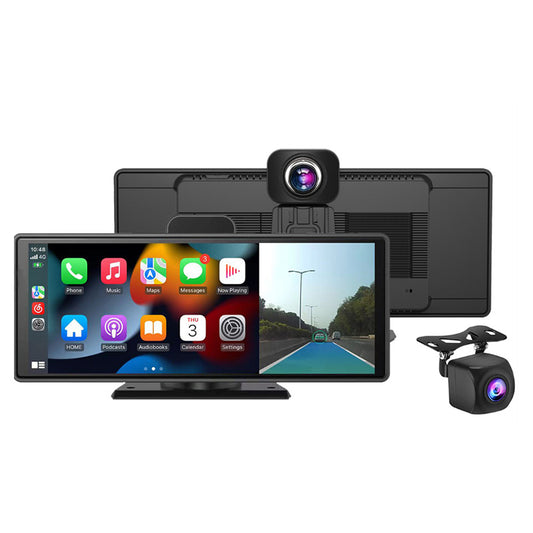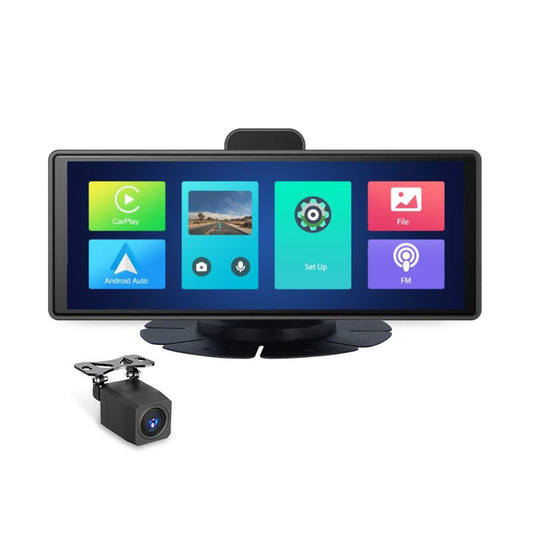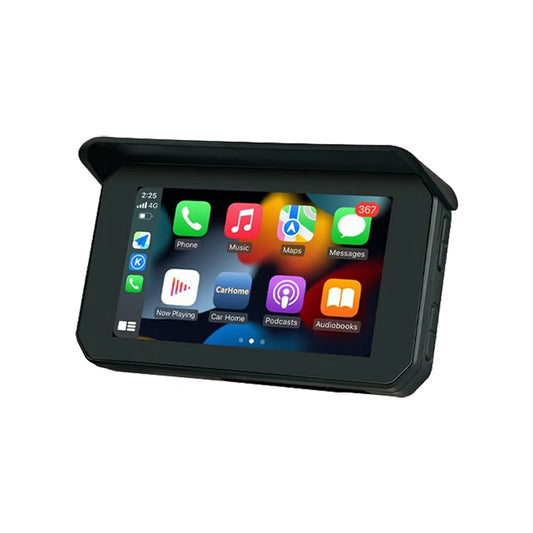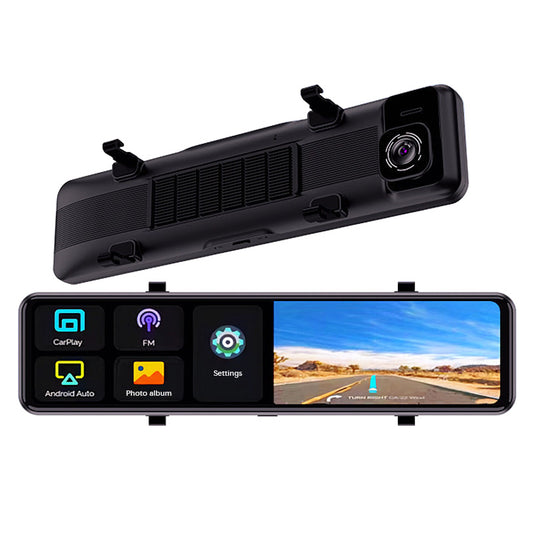Android Auto is a feature that lets you easily and safely use your phone in the car, such as music and navigation apps. In most cases, you'll need a cable to connect your phone to your car in a wired connection to get the most out of Android Auto.
However, for some phones and cars, you can more easily use the Android Auto wireless connection. Let's find out if you can try this feature, and if so, how to use Android Auto wireless.
Table of contents
- Wireless Android Auto phone support
- Connection method of wireless Android Auto that’s built into your car
- What if my car only has a wired connection and no built-in wireless Android Auto?
Wireless Android Auto phone support
An Android phone that meets the requirements for wireless Android Auto is one of the prerequisites. Mobile phone needs to meet the following conditions:
- Any phone with Android 11.0 and above
- A Google or Samsung Phone with Android 10.0
- A Samsung Galaxy S8, Galaxy S8+, or Note 8, with Android 9.0
- 5GHz Wi-Fi support, because wireless Android Auto uses Bluetooth pairing and 5GHz Wi-Fi to do data transmission.
- An active data plan
Connection method of wireless Android Auto that’s built into your car
In general, wireless Android Auto is only available in models circa 2021 and later because it's the most recent feature. Of course, keep in mind that not all vehicles from automakers support Android Auto in wireless form, and support may vary depending on the specific configuration of the model you buy.
[[[
Which Cars Offer Wireless Android Auto for 2022:
]]]
{{{
- Acura: MDX, RDX
- Audi: A3, A4, A5, A6, A7, A8, E-Tron, E-Tron GT, Q3, Q5, Q7, Q8
- BMW: 2 Series, 3 Series, 4 Series, 5 Series, 7 Series, 8 Series, iX, i4, X3, X4, X5, X6, X7, Z4
- Buick: Enclave, Encore GX, Envision
- Cadillac: CT4, CT5, Escalade/Escalade ESV, XT4, XT5, XT6
- Chevrolet: Blazer, Bolt EV, Bolt EUV, Camaro, Corvette, Equinox, Malibu, Silverado 1500, Silverado 1500 LTD, Silverado 2500/3500, Suburban/Tahoe, Trailblazer, Traverse
- Chrysler: Pacifica
- Dodge: Durango
- Ford: Bronco, Edge, E-Transit, Expedition/Expedition Max, F-150, F-150 Lightning, Mustang Mach-E
- GMC: Acadia, Hummer EV, Sierra 1500, Sierra 1500 LTD, Terrain, Yukon/Yukon XL
- Honda: Accord, Civic
- Hyundai: Accent, Elantra, Ioniq (excludes Ioniq 5), Kona, Kona EV, Palisade, Santa Cruz, Santa Fe, Sonata, Tucson, Venue
- Infiniti: Q50, Q60, QX50, QX55, QX60, QX80
- Jeep: Compass, Grand Cherokee/Grand Cherokee L, Wagoneer/Grand Wagoneer
- Kia: Carnival, Forte, K5, Niro, Rio, Sorento
- Lincoln: Navigator, Nautilus
- Maserati: Ghibli, Levante, MC20, Quattroporte
- Porsche: 911, Cayenne, Panamera, Taycan
- Ram: 1500, 2500/3500, ProMaster
- Toyota: Tundra
- Volkswagen: Arteon, Atlas/Atlas Cross Sport, Golf GTI/Golf R, ID.4, Jetta, Taos, Tiguan
}}}
If your car does support wireless Android Auto, pairing is simple. Each automaker's system works differently, but in most cases, you can use wireless Android Auto by completing the following five steps:
- If you don't have Android Auto on your phone, you need to download Android Auto from the Google Play Store
- Turn on your Wi-Fi and Bluetooth on your phone
- Power on your car > Press Android Auto Button on your Infotainment system screen > Press the Connect a phone
- On your Phone > Bluetooth > Pair your car with your phone
- Grant Android Auto all necessary permissions


Now you're free to use Android Auto wireless. If you have issues using Wireless Android Auto, please follow our troubleshooting steps to fix it.
What if my car only has a wired connection and no built-in wireless Android Auto?
The easiest way to add wireless Android Auto to a car that already supports the wired version is to use a USB dongle. Currently, the Smart Box brand offers four products according to different conditions. Here is a comparison of the four products:





